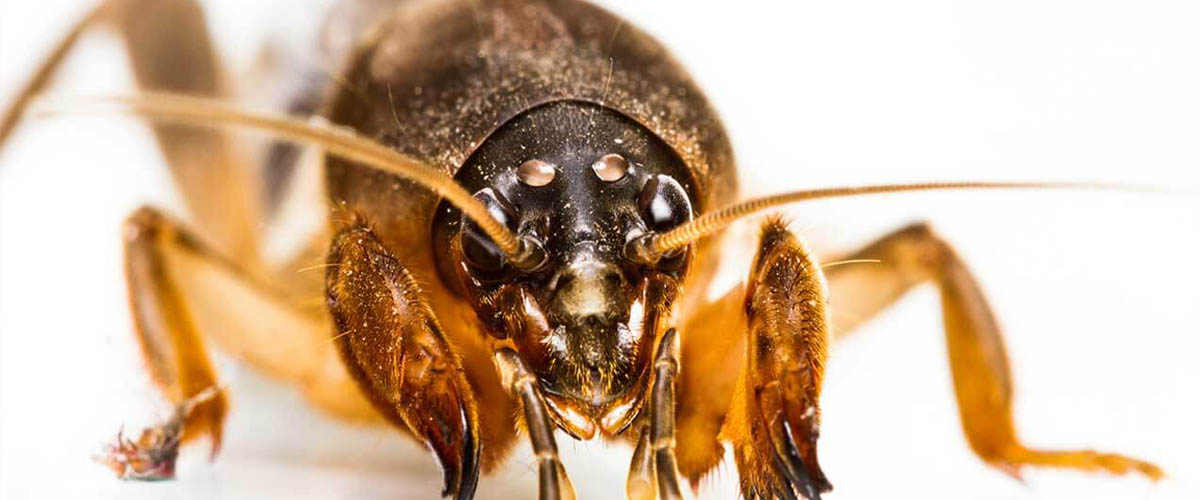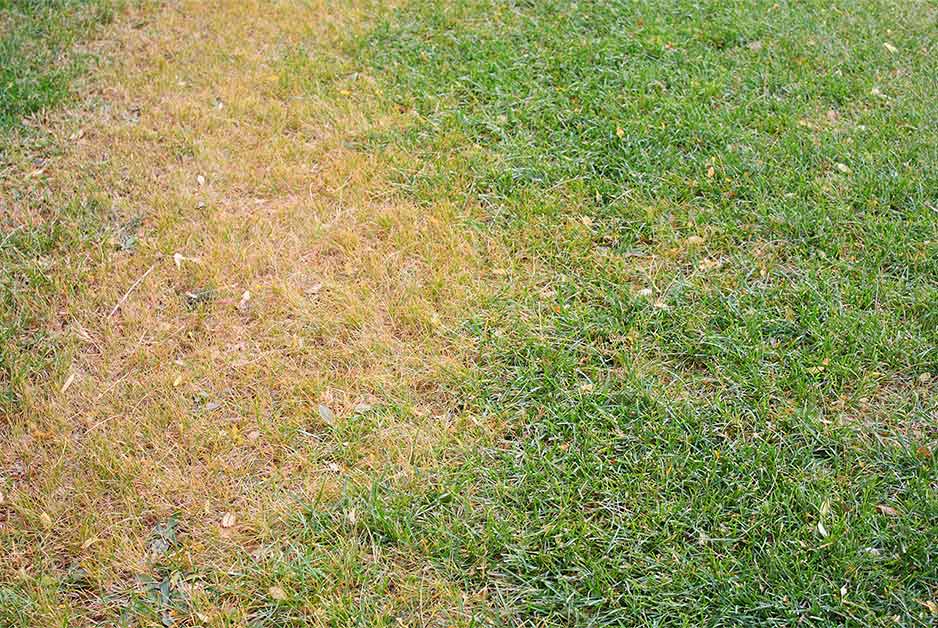How to Identify and Kill Sugar Ants
Ants are America's leading household pests, and much of the credit for that title goes to tiny invaders known as "sugar ants." Sugar ants aren't a single species. From region to region, what the locals call "sugar ants" varies considerably. But wherever you go, these sweet-loving pests have two things in common: They're very small, and they disrupt homes. If sugar ants have your household in an uproar, don't despair. You can kill sugar ants — indoors and out — and prevent their return.
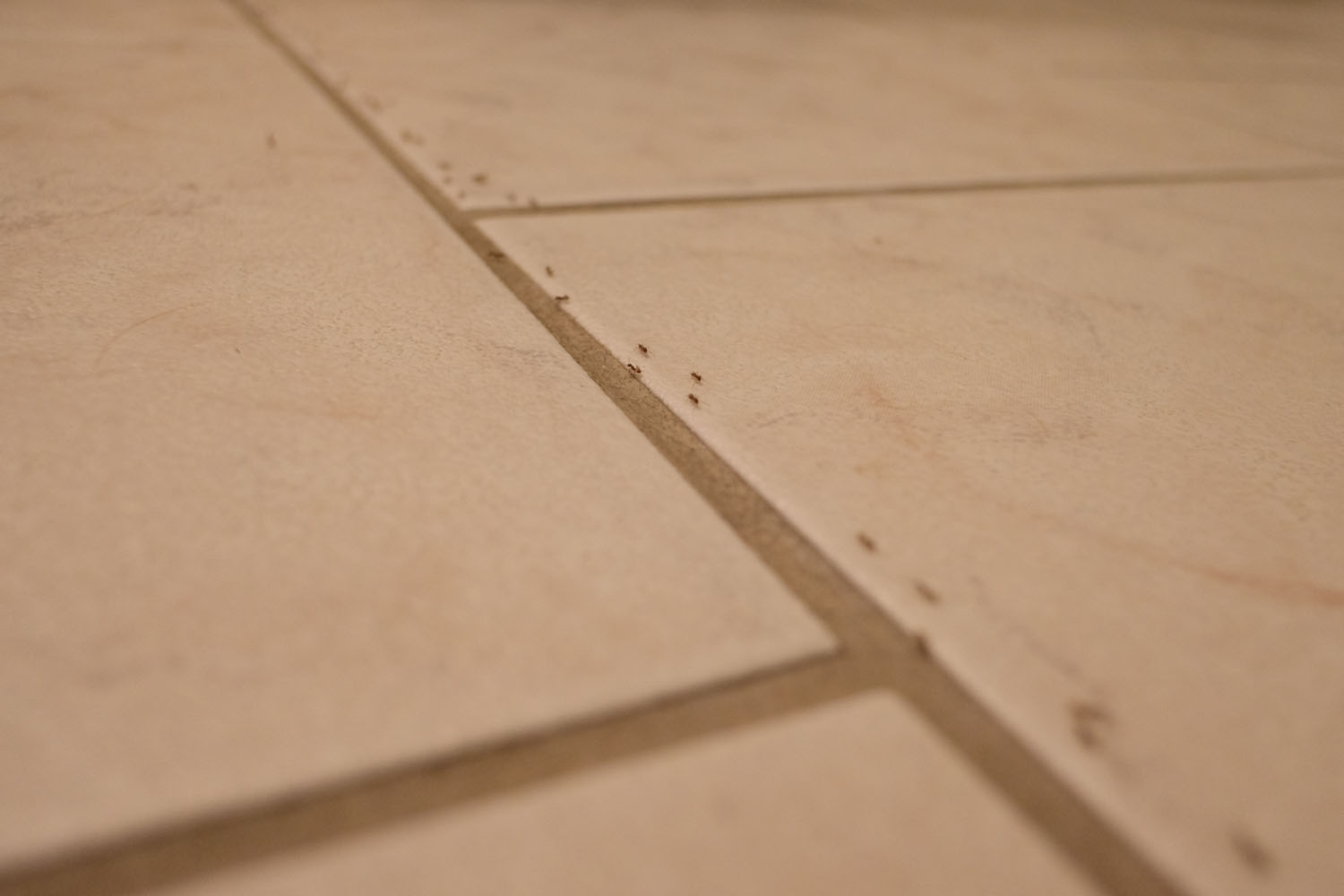
HOW TO IDENTIFY TYPES OF SUGAR ANTS
The easiest way to identify sugar ants in your home is by the places and foods they infest. Sugar ants seek out sweets of all kinds, whether they're at your picnic or in your cupboards. A drip of honey, a drop of spilled juice, a crumble from a pastry topping — they're all treasures to this group of insect pests. And once they find the sweets they seek, they leave a trail for more ants to follow.
Some common ant culprits include the following sweet-eating ants, all less than 1/8 inch in length:
- Acrobat ants, named for the way they point their heart-shaped abdomens skyward when disturbed, are light yellow-brown to black.
- Argentine ants, brown in color and drawn to moisture, emit a foul smell when they're crushed.
- Odorous house ants, dark brown to black, frequent kitchen pantries in search of sweets and other foods.
- Pavement ants, responsible for tiny sidewalk anthills, vary in color from red-brown to black.These equal- opportunity pests also like fats and grease.
HOW TO KILL SUGAR ANTS INDOORS
When sugar ants strike, your first step is to eliminate their food source. Dispose of any ant-contaminated foods and remove any other sweets or sugared items that could attract more sugar ants. Forget about "home remedies" for ants, such as vinegar and lemon peels. Those aren't true remedies all. At best, they repel sugar ants for a short time, but they never address the root of the problem.
Instead, replace that food source with effective ant bait products, such as those in the Amdro® line. Unlike non- bait, contact-kill ant products, bait works to kill invading ants and the colonies they support. Ants think the bait is food so they take it back to their nest, where it feeds — and kills — their queen and all other ants.
Amdro Ant Killer Bait Stations and Amdro Ant Killer Bait Stakes suit any place where children and pets can't reach them, but sugar ants seeking water or sweets can. Place them inside cupboards and cabinets, under sinks or near plumbing fixtures, on counters or along baseboards to kill sugar ants you see and those you don't.
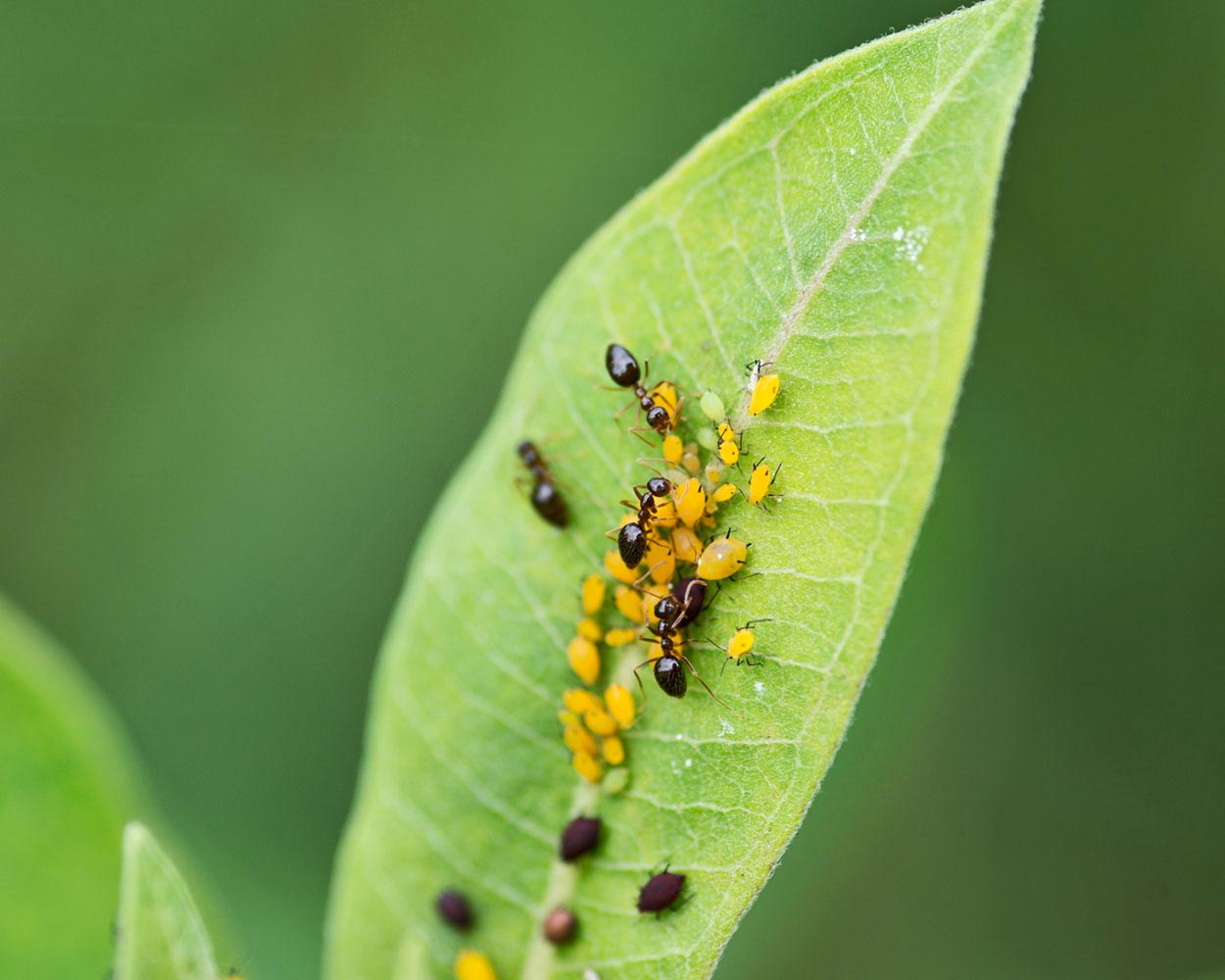
HOW TO KILL SUGAR ANTS OUTDOORS
Like other common ants, most sugar ants live outdoors. They find their way inside through small openings in your home's exterior as they forage for moisture or sweets to eat. Killing sugar ants before they get inside is key to keeping your kitchen and storage areas ant-free.
Effective outdoor control starts with your home's perimeter. Amdro Ant Killer for Outdoor Home Perimeter granules kill 25 species of ants, including common sugar ants.
Apply the bait granules to individual mounds according to label instructions, and treat any visible ant trails or areas where sugar ants might enter your home. Add Amdro Ant Killer Bait Stations and Amdro Ant Killer Bait Stakes for an extra layer of protection near doorways and foundation corners, cracks or crevices.
HOW TO PREVENT SUGAR ANTS FROM RETURNING
Proactive treatment helps prevent sugar ants from invading your home again. Keep sugar and sweet foods in your pantry tightly sealed. Clean countertops and other kitchen food prep areas thoroughly. Don't let dirty glassware, utensils or plates sit for long, inside or outdoors. Replace bait stations every three to six months or as soon as ants empty them to prevent a new batch of sugar ants from taking over.
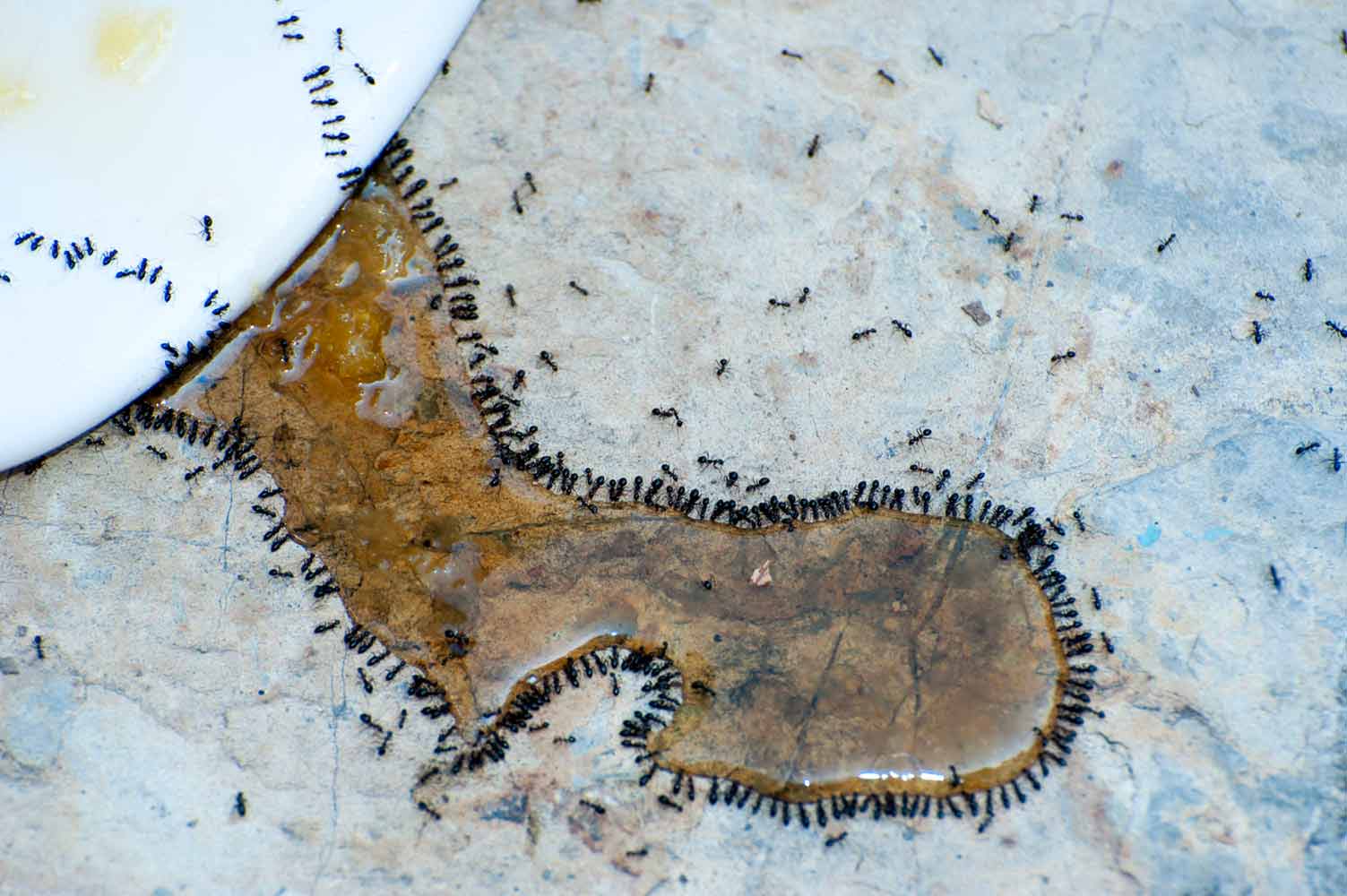
In nature, sugar ants seek out sweets just like they do indoors. Honeydew, a sweet substance excreted by aphids and some other plant pests, is a favorite sugar ant food. If you see aphid-infested plants in your landscape, sugar ants are sure to follow. Treating aphids early can help prevent them from attracting sugar ants that may end up indoors.
With vigilance and effective ant control products, you can kill sugar ants and prevent their return. Amdro brand is committed to helping you put an end to indoor and outdoor pest disruptions so you can get back to enjoying your home.
Always read product labels thoroughly and follow instructions.
Amdro, Ant Block, and Amdro Kills Ants are trademarks of Central Garden & Pet Company.


